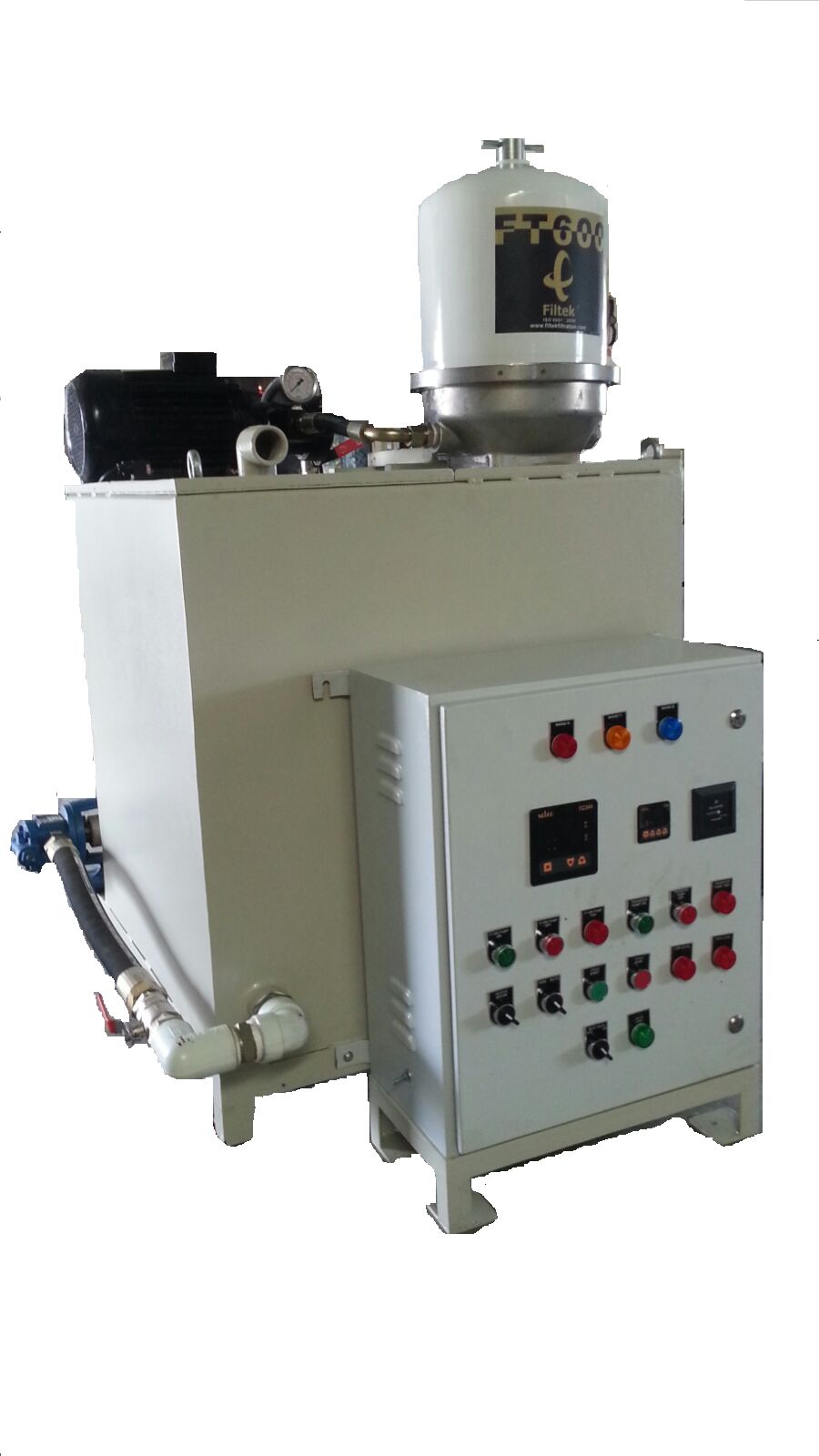At a slow speed, 2 stroke engines the primary concern is to have proper sealing between the combustion area and the crankcase. The crankcase is separated from the cylinder and scavenge space by the diaphragm plate on a two-stroke crosshead engine so a provision must be made for the piston rod to pass through the plate without oil from the crankcase being carried upwards, or used cylinder oil-contaminated from products of combustion being carried downwards. It is also highly undesirable to allow the pressurized air in the scavenges space to leak into the crankcase.
The Piston rod passes through a stuffing box and is bolted into the diaphragm plate. The stuffing box casing which can be split vertically, as shown in the photo, contains a series of scraper rings and sealing rings which are each made up of three or four segments. On the outside of each set of segments is a garter spring which provides the tension to hold the ring segments against the piston rod. There is a clearance between each segment to allow for wear. The rings are either bronze or can comprise of replaceable cast iron lamella fitted into a steel backing ring.
As the Piston rod passes up through the stuffing box, the oil from the crankcase is scraped off by the lower sets of rings and is returned via drillings to the crankcase. Any oil that passes this primary set is scraped off by another set of rings and is led away through a drain to a telltale open-ended pipe into a dish outside the engine from where it drains to a recycling tank.
As the piston passes down through the stuffing box, the top set of scraper rings will scrape off the contaminated oil into the bottom of the scavenge space, where it is drained away via the scavenge drains. However, if these rings are faulty, then the oil may drain into the recycling tank.
By observing the open-ended telltale referred to above, a guide to the condition of the rings can be ascertained. If a large quantity of oil is draining out, then the lower set of rings is faulty. If air is blowing out, then the upper rings are worn.
Oil in the recycling tank can be purified back to the crankcase. Filtek portable oil filtration unit is capable of fine filtration of this contaminated oil which can be used for recycling. Filtek offers a complete centrifuging system with tank, level switches, heater, 1-micron polish filter, and a transfer pump for transferring the filtered oil to the crankcase.

However, care needs to be taken on the overall oil viscosity if the cylinder oil if mixed with the crankcase oil. It may be contaminated by used cylinder oil which if mixed with crankcase oil causes an increase in viscosity of the crankcase oil. Calcium deposits in the bearings lead to damage and the oil may carbonize and deposit on the underside of the piston crown when used as a piston coolant. Often this contaminated oil is just landed ashore or burnt.
Regular maintenance of the stuffing box will keep it in good condition. checking garter spring tension, ring butt, and axial clearances, and replacing worn rings are all part of the overhaul procedure.
Excessive wear will take place if the crosshead guides are out of alignment or if the guide clearances are excessive. Worn stuffing boxes and excessive leakage can exacerbate the incidence of scavenge fires and increase the risk of a crankcase explosion.
Stuffing Box Schematics
